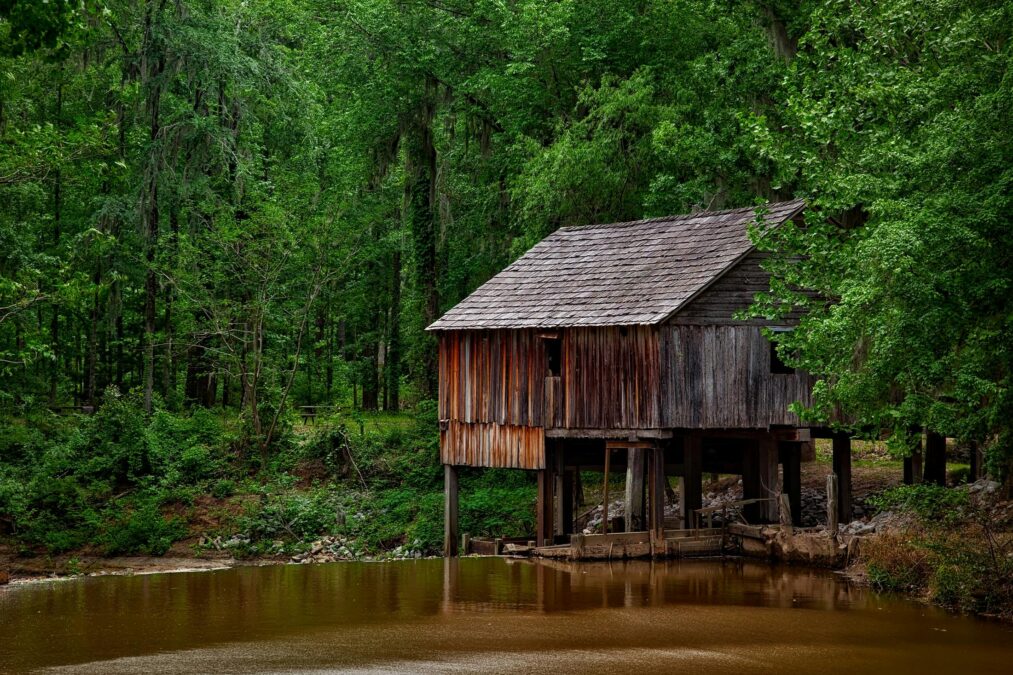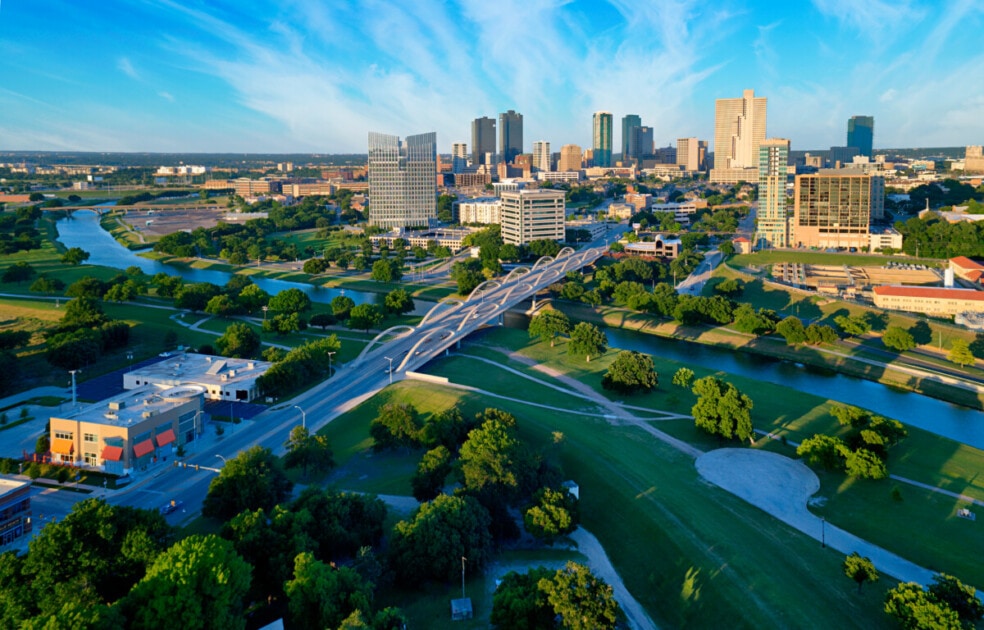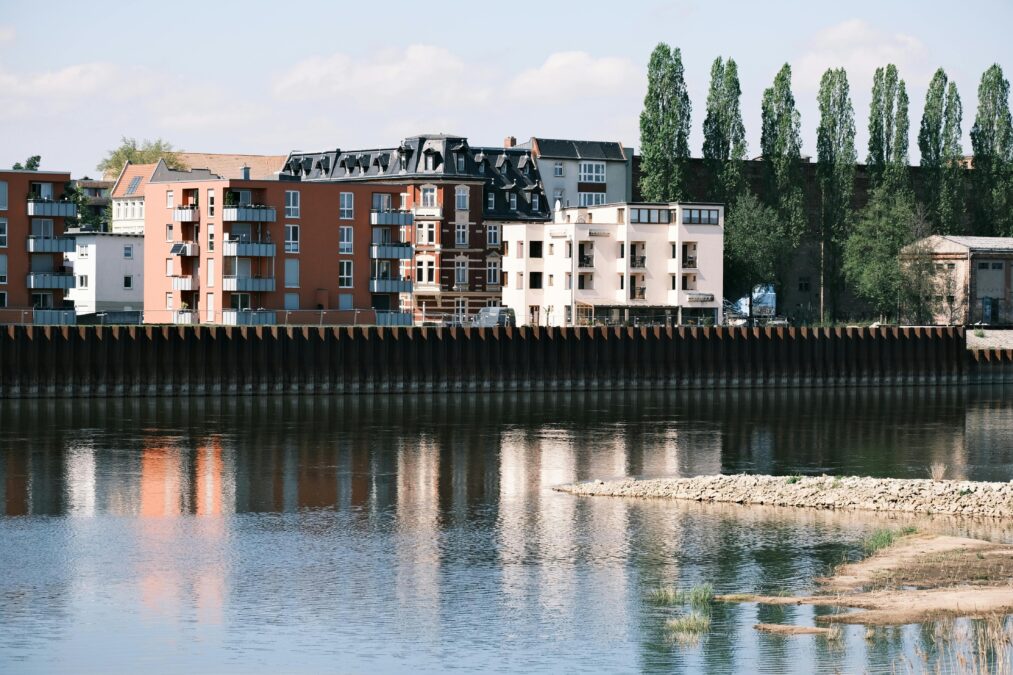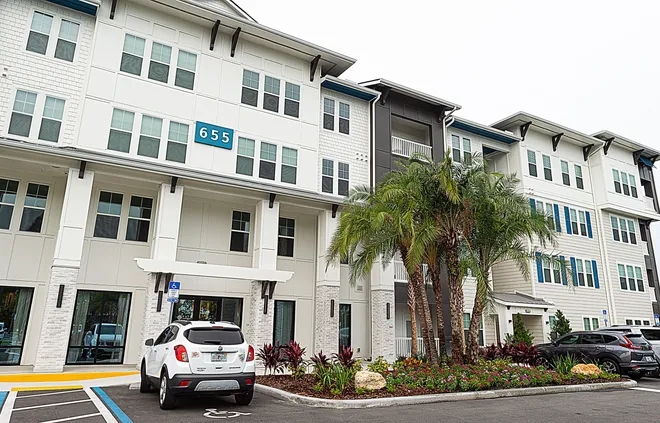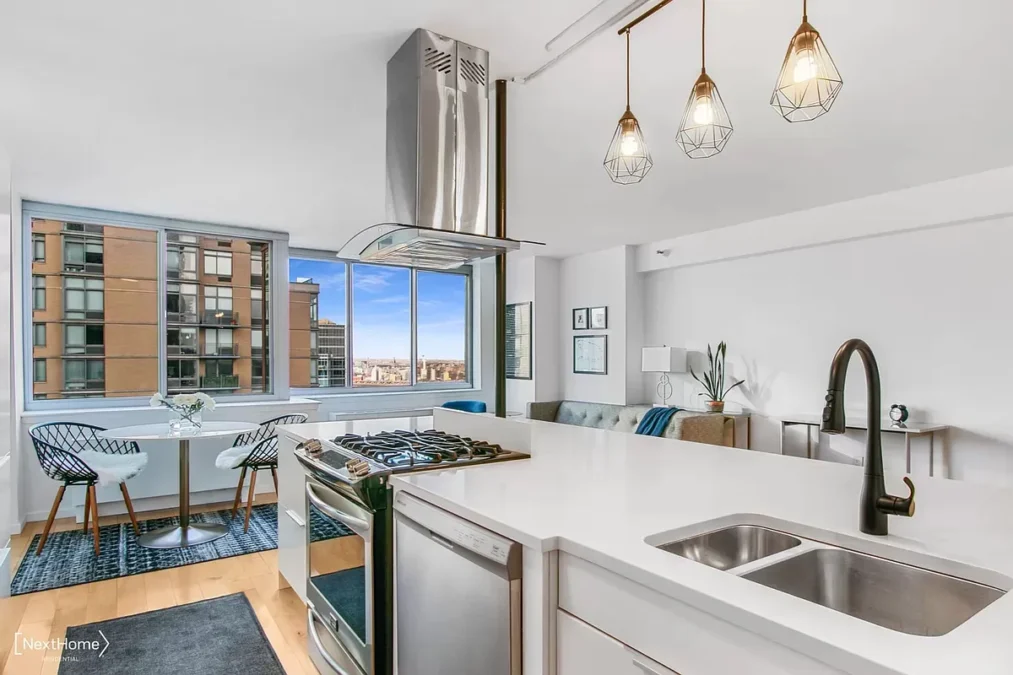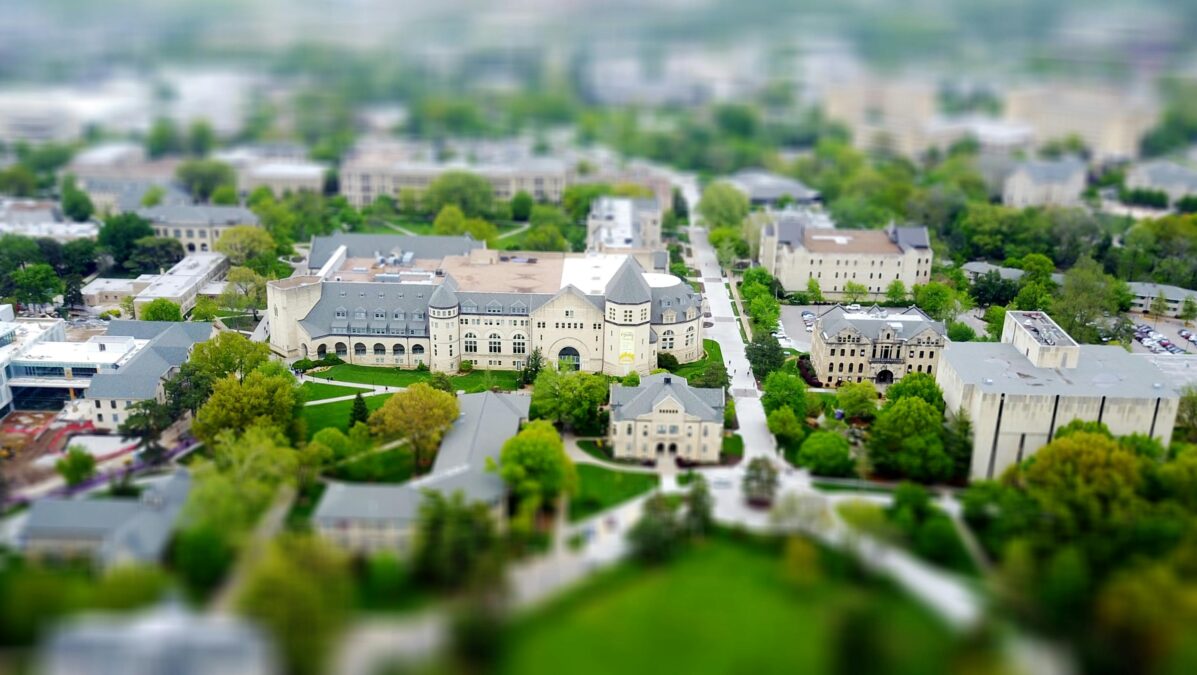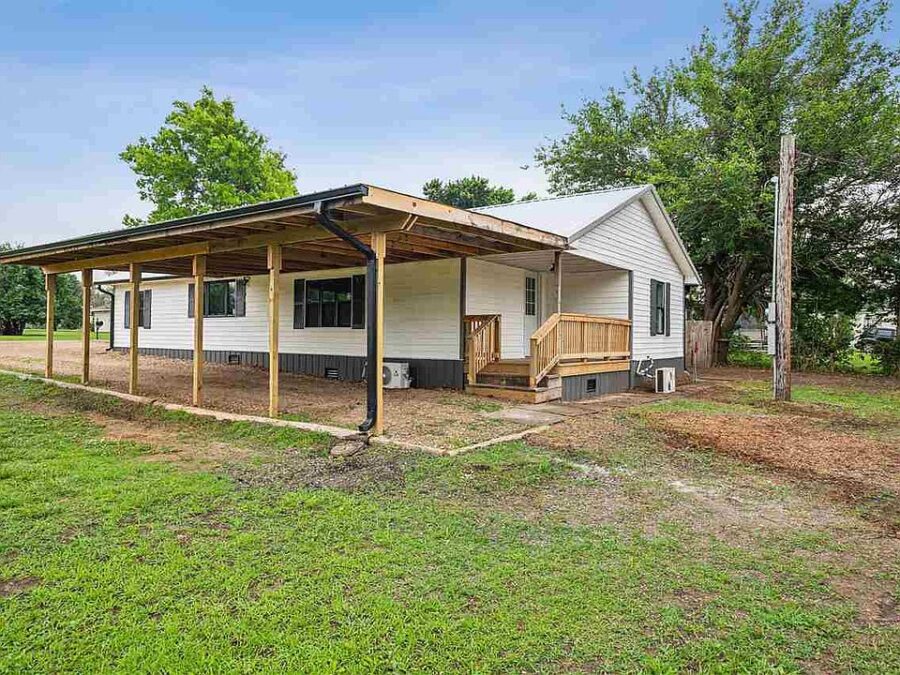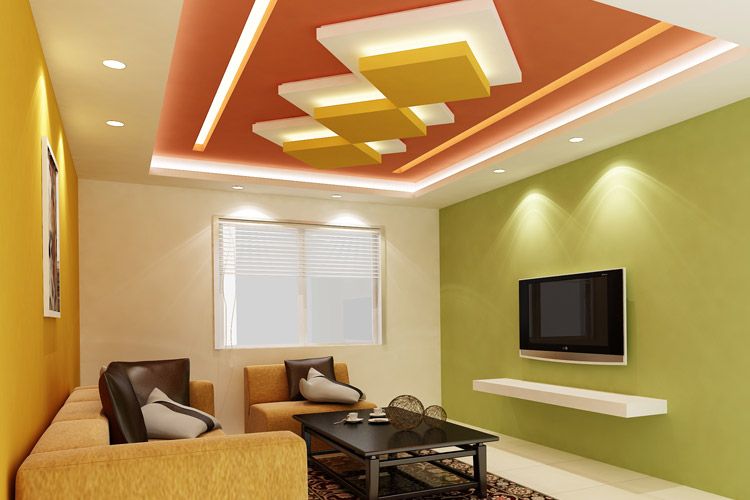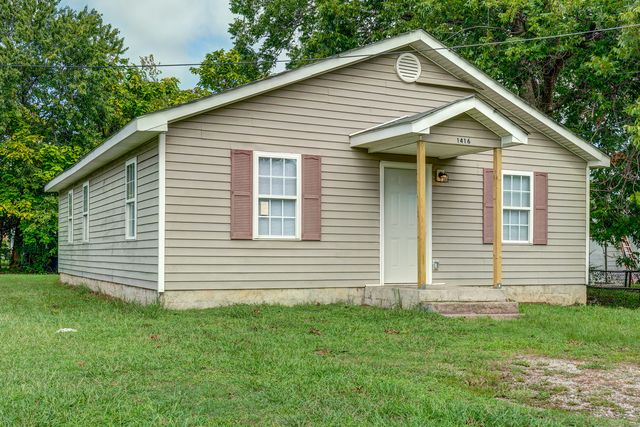A water mill house is a charming blend of history, architecture, and engineering, capturing the imagination of those who admire rustic living and sustainable technologies. These historic structures, once essential for grinding grain and powering machinery, have evolved into stunning homes, inns, and event venues that retain their old-world charm. Whether you’re fascinated by their historical role or considering restoring one into a residence, understanding the unique features and heritage of water mill houses is key.
In this article, we’ll explore the history of water mill houses, their architectural details, how they work, and their modern uses, offering valuable insights for anyone interested in these timeless landmarks.
What is a Water Mill House?
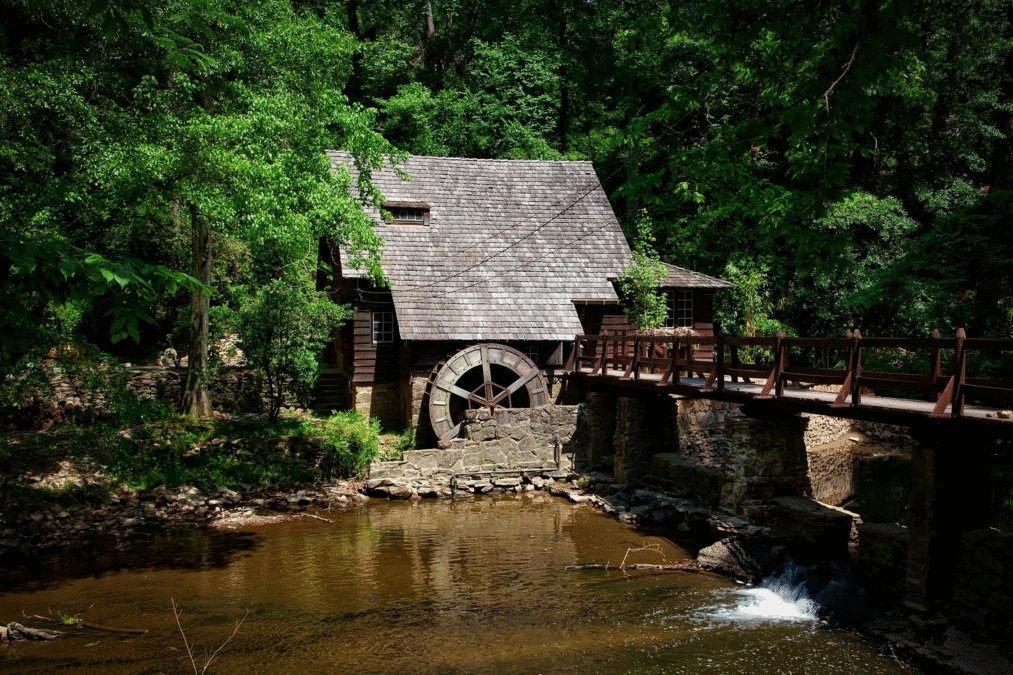
A water mill house is a building historically constructed around a water mill—a mechanical system powered by flowing water, typically from a river or stream. The primary purpose was to harness water energy to grind grain, saw wood, or power textile machinery. Over time, many of these buildings have been repurposed into private homes, bed-and-breakfasts, or cultural landmarks.
History of Water Mill Houses
Ancient Origins
Water mills date back thousands of years, with early examples found in ancient Greece, Rome, and China. Romans popularized the use of water wheels across Europe, refining their design and spreading their use in agriculture and industry.
Medieval Europe
During the medieval period, water mills became central to rural communities across Europe. By the 11th century, England alone had over 6,000 water mills, many of which were managed by local lords. These mills ground grain into flour, a critical resource for local food supplies.
Industrial Revolution
The Industrial Revolution expanded the use of water mills beyond grain, incorporating them into textile production, paper manufacturing, and metalworking. Some of the largest mills were built in the 18th and 19th centuries, particularly in the U.K. and U.S.
How a Water Mill Works
- Water Source: A river or stream provides the kinetic energy.
- Mill Race: A man-made channel directs water to the mill.
- Water Wheel: The flowing water turns the wheel, converting kinetic energy into mechanical energy.
- Gear System: The wheel’s motion is transferred through gears and shafts.
- Millstones or Machinery: The gears drive millstones to grind grain or power saws and hammers.
There are three main types of water wheels:
- Overshot wheel (water falls over the top)
- Undershot wheel (water flows under)
- Breastshot wheel (water strikes the middle)
Architectural Features of Water Mill Houses

Exterior Design
- Stone or timber-framed structures
- Large, visible water wheel (sometimes restored for decoration)
- Arched or mullioned windows
- Riverside or streamside location
Interior Design
- Exposed wooden beams
- Original mill mechanisms (often preserved as decorative features)
- Open-plan layouts adapted from the original machinery spaces
- High ceilings and large windows for natural light
Modern Uses of Water Mill Houses
- Private Homes
Many water mill houses are now luxury residences, often restored with modern amenities while preserving historic details. - Bed and Breakfasts / Inns
Their charm makes them ideal for boutique accommodations in scenic countryside settings. - Event Venues
Water mill houses are popular wedding and event venues thanks to their rustic, romantic atmosphere. - Museums and Heritage Sites
Some have been preserved as working museums, offering visitors a glimpse into local history.
Benefits of Living in or Restoring a Water Mill House
- Historical charm and character
- Sustainable energy potential (some still use water power for electricity)
- Unique architecture
- Scenic locations, often with water rights
Challenges to Consider
- High maintenance costs for historic structures
- Strict regulations on renovations (often listed as historic buildings)
- Potential for flooding or water damage
- Need for specialized contractors and materials
Case Study: Successful Restoration
In Devon, England, the 18th-century Otterton Mill was restored as both a working flour mill and community hub, featuring a café, gallery, and bakery. This project preserved historical integrity while creating a profitable and sustainable business.
FAQs: People Also Ask
How much does it cost to restore a water mill house?
Restoration costs can range from $200,000 to over $1 million depending on the condition, size, and extent of modernization.
Can water mills still generate electricity?
Yes. With modern micro-hydro systems, some water mills produce renewable electricity for personal use or to sell back to the grid.
Are water mill houses protected under historic laws?
Many are protected, meaning owners must follow specific guidelines when making changes, especially to exteriors and structural elements.
Conclusion
Water mill houses represent a beautiful intersection of history, engineering, and architecture. Whether preserved as homes, businesses, or museums, they continue to enchant people worldwide. For those drawn to their charm, it’s essential to balance historical preservation with modern functionality.


